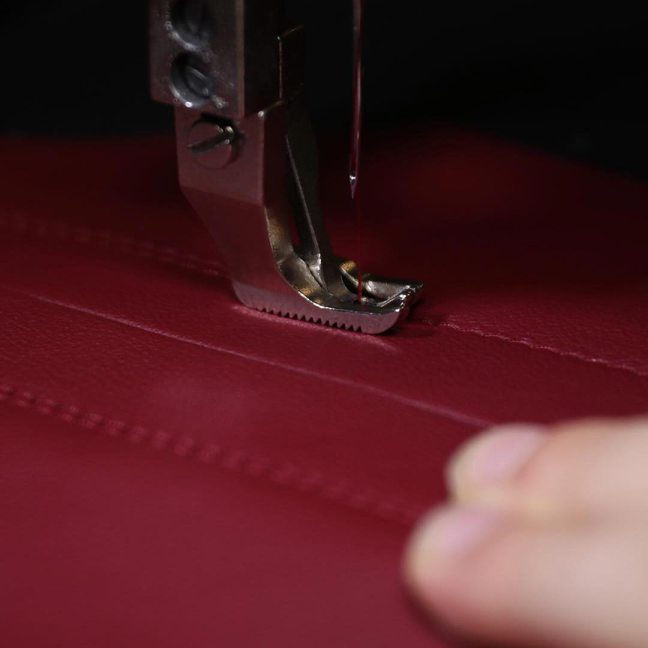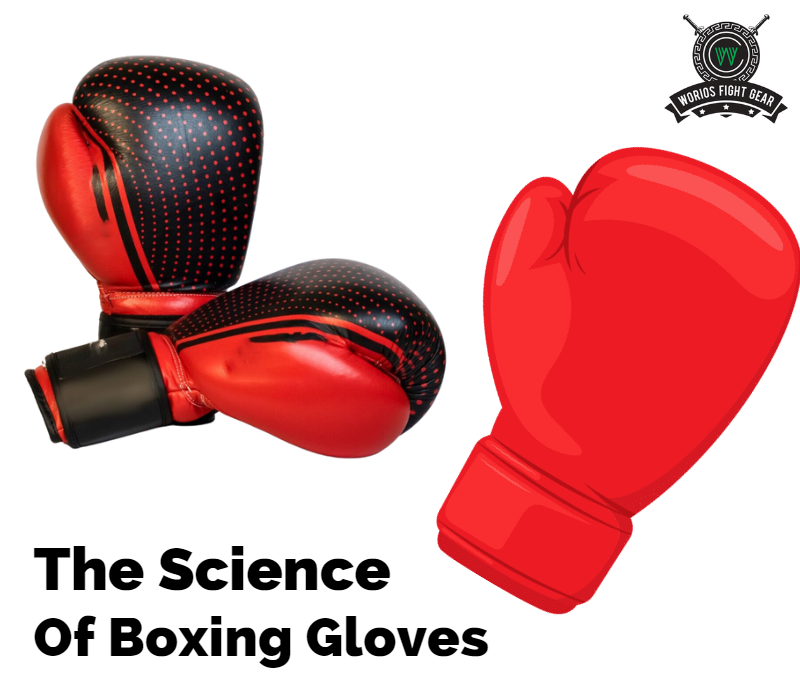Introduction:
Boxing gloves are an essential piece of equipment for any boxer. They protect the hands and wrists, as well as the opponent, by absorbing the impact of punches. However, not all gloves are created equal, and it’s important to understand the materials and construction of boxing gloves in order to make an informed decision. In this article, we will delve into the science of boxing gloves, and explore the various materials, construction techniques, and features that make up a good pair of gloves.
Materials:
Boxing gloves are made from a variety of materials, each with its own unique properties. The most common materials used in the construction of boxing gloves are leather, synthetic leather, and vinyl.
Leather: Leather is the traditional material used in the construction of boxing gloves. It’s durable, breathable, and offers a natural feel. However, leather gloves can be expensive and require regular maintenance to prevent them from cracking or drying out.
Synthetic Leather: Synthetic leather is a popular alternative to traditional leather gloves. It’s more affordable and requires less maintenance than leather gloves. Synthetic leather is also more resistant to water, sweat, and bacteria, which can prolong the life of the gloves.
Vinyl: Vinyl gloves are a budget-friendly option and are often used by beginner boxers. They are usually less durable than leather or synthetic leather gloves and tend to be less comfortable as well.
Construction Techniques:

The construction of a boxing glove is just as important as the materials used. The way the gloves are put together can affect the fit, durability, and overall performance of the gloves.
Lace-up: Lace-up gloves are the traditional construction method for boxing gloves. They offer a customizable fit and allow for a tighter, more secure fit around the hand. They also provide a more traditional look and feel. However, lace-up gloves can be difficult to put on and take off, and the laces can become undone during training or competition.
Velcro: Velcro gloves are a more modern construction method for boxing gloves. They offer a quick and easy way to put on and take off the gloves, and the Velcro closure allows for a secure fit around the hand. Velcro gloves are also more convenient for training and competition.
Features:
In addition to materials and construction, there are several features that can affect the performance and comfort of a pair of boxing gloves. These include padding, wrist support, and ventilation.
Padding: The padding in a pair of gloves is crucial in protecting the hands and the opponent. The more padding, the more protection. However, too much padding can make the gloves bulky and reduce the dexterity of the hands.

Wrist Support: Good wrist support is essential for protecting the wrists and preventing injuries. A good pair of gloves should have a sturdy and well-padded wrist strap that provides a secure and comfortable fit.
Ventilation: Proper ventilation is important for keeping the hands dry and comfortable during training and competition. Look for gloves that have ventilation holes or mesh panels to allow for airflow and reduce sweating.
Conclusion:
In conclusion, understanding the materials and construction of boxing gloves is crucial in making an informed decision. Leather, synthetic leather and vinyl are the most common materials used. Lace-up and Velcro are the two construction technique, each with its own advantages and disadvantages. Padding, wrist support and ventilation are features that can affect the performance and comfort of a pair of gloves. It’s important to consider all of these factors when choosing a pair of boxing gloves, so you can find the best gloves for your needs. A good pair of gloves will provide protection and support, while allowing for maximum performance and comfort on the ring.

